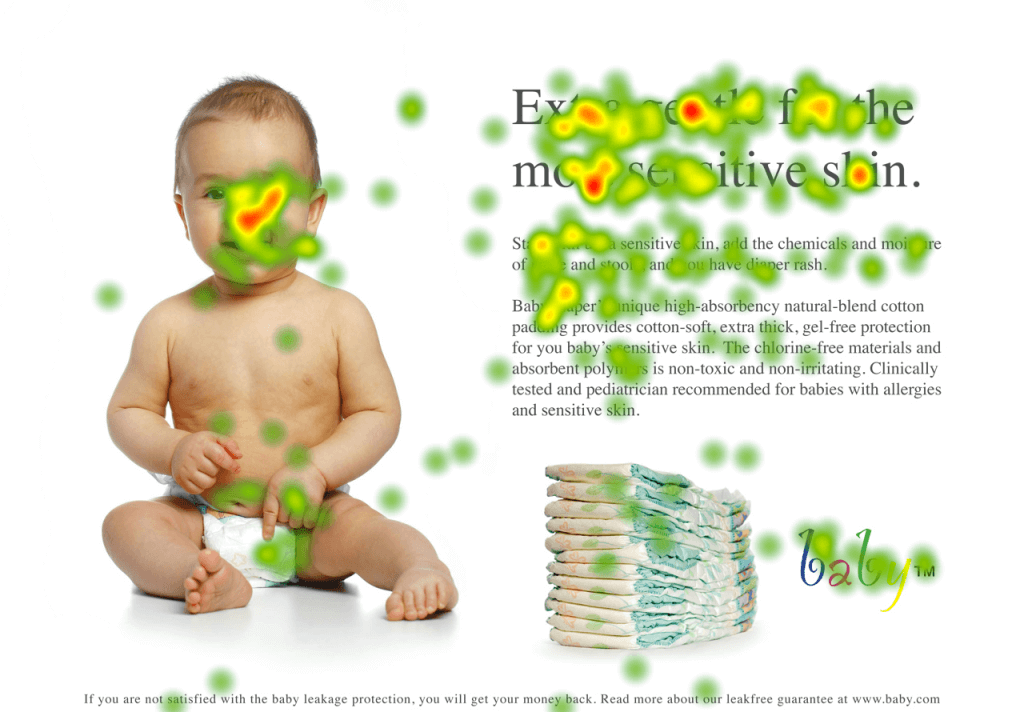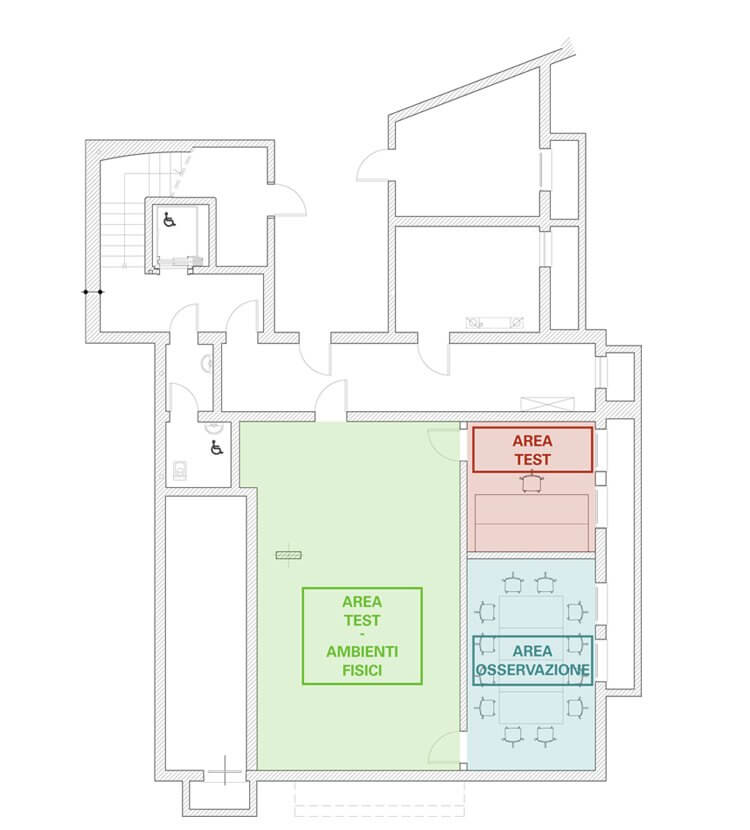We have been doing this for over 9 years now usability test with users and eye tracking. A large number of marketers recognize that they are useful, some know how they are practiced, yet every client or potential that attends a test remains very impressed, I would like to say displaced.
It is a very strong moment-truth, an awareness that no longer allows you to ignore how much it works and how it does not work in a website, in a promotional video, in a mobile app.
Finding out what your potential buyer is doing and looking at it in a direct, unmediated way changes the perception of priorities.
In general, the island usability tests and examines the flow of activities in some stage of the customer journey people. For example: an online purchase, a registration, a search for a service or customer care.
For this reason, i do you study of usability of TSW Experience Lab are natively inscribed in the world of TSW’s competences, which provides a scenario and perimeter to user experience surveys: we can therefore verify with the maximum effectiveness the most significant tasks to assign to people during the tests, framing the results in an informed way.
At the same time, usability illuminates and gives voice to the behavior of users that the digital marketing disciplines explore in depth, for a truly complete understanding of their online performance and market positioning.
Return the truth of the experience of users is the mission of our TSW Experience Lab. The key word is experience: user experience and customer experience. The claim of our TSW Experience Lab could therefore be: fewer slides and more people.
The truth-restitution ability of the usability test I believe connects directly to the concept of zero moment of truth (zero moment of truth). In key moments of the process of consideration or purchase, the digital devices are a fundamental test of the relationship between people and brands.
What’s more vivid is real of the idea that a person forms a brand when he enters or comes into contact with that and has urgency to know, or is he very interested, very close to a purchase, or is he about to decide on an important aspect of his life? The quality of his reading and navigation experience – in a word: usability – largely defines the zero moment of truth. In the zero moment of truth the brand heritage is entrusted to some extent usability of the point of contact with people. Many recognize it with great force when they see a usability test.
So what is a usability test in practice? In this post I collect the FAQs about it.
Usability 101
What is the ROI of usability?
The Nielsen Norman Group has published a pair of articles on the subject. More generally, today there is little doubt that a user centered design approach is good for online business.
How many users do you need for a test?
Generally the purpose we have is to find the problems that an interface or process has and to help solve them. In many contexts 4 or 5 users already give very relevant indications.
How do you find users?
We have a fairly large database of users, built over the years, that we rotate. We also employ recruitment agencies or customer collaboration in specific cases.
Practically, how is a test done?
We accompany each user, one at a time, to the pre- test room and explain what a usability test consists of. We also try to put him at ease, establishing a relaxed and informal relationship with him. We then conduct it in the user room, where the test will actually take place. During approximately the time in which this takes place, the user is isolated from external stimuli, calm and focused on the established tasks to be performed. Next to him there is a facilitator, a specialist on our team who – when appropriate – intervenes to assist the user and to clarify any doubts about the tasks assigned.
We record the person’s entire browsing session in audio and video, each of his actions and all his reactions. At the same time, we record all of its interface through the eye movements of eye tracking technology.
In the video: Chronology of the eye fixations of several users
In the image: the heatmap of an advertising message. Represents the sum of the observations. The most observed areas are in red, in green the least observed. Non-colored areas were not observed by user
How is your laboratory made?
The laboratory was designed to suitably accommodate all the key figures of the usability test:
· The facilitator. He is the member of the TSW XP Lab team that aims to put the person at ease and verify that he understands exactly what he is asked to do.
· Users. The group of people involved in the test
· The client. Attend the test from the observation room
· The observers. TSW members useful for the project.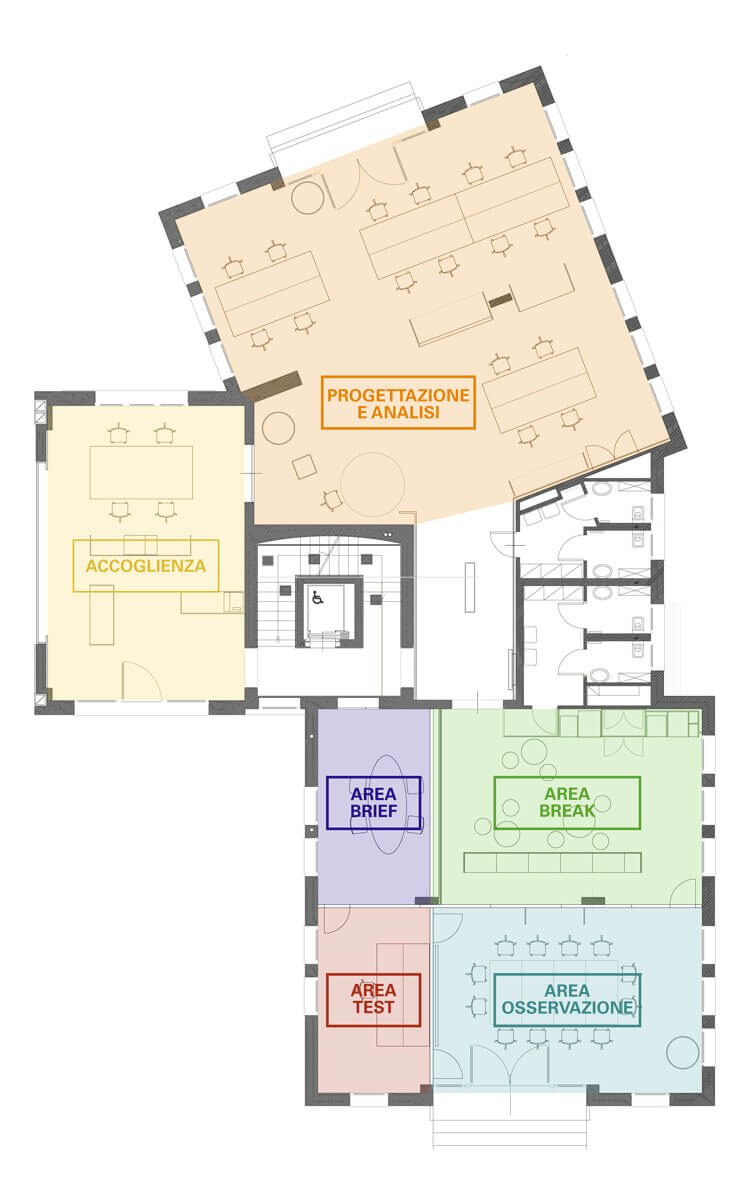
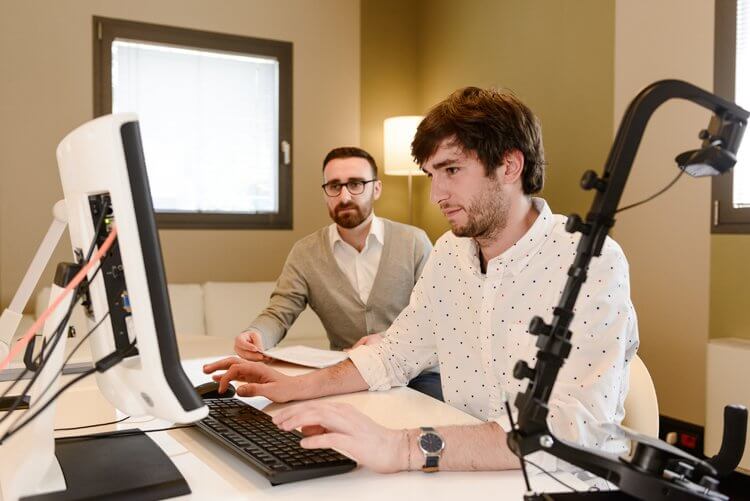
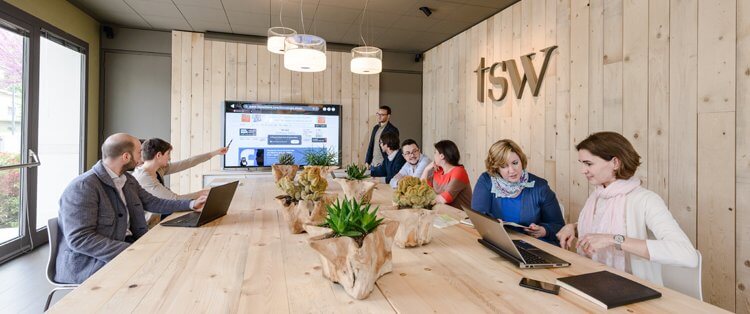
In the images, respectively: the user area in 2 perspectives and the observation area
We have arranged the rooms and chosen the furnishing materials to make people find themselves in “natural” environments as much as possible family: a comfortable elegant and informal office environment.
We have designed and equipped the laboratory by combining two crucial needs: the rigor of conducting the test and the naturalness of the user.
Can you conduct the tests only in your Treviso laboratory?
No: when necessary, we can conduct the tests at the customer’s site, having at least similar environments to those described.
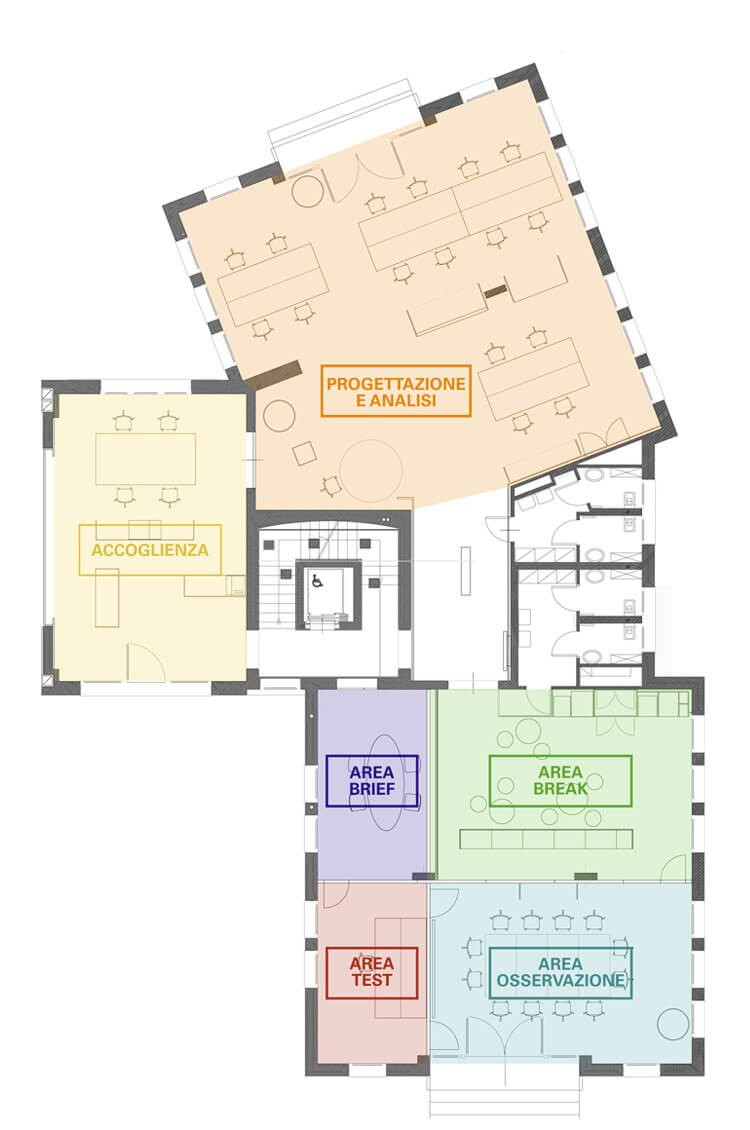
The layout of TSW Experience Lab – lab 1
The layout of TSW Experience Lab – lab 2
Do you also test on mobile apps or websites?
Sure. In the case of responsive websites we develop a usability test in which we cross people, tasks and technology to recreate a cross-device situation.
What does the customer receive at the end of the test?
The report is the result of the analysis of all the data obtained from each assigned task, crossed with what emerged from the eye tracking analysis.
Each specific evidence is included in a general understanding of the impacts it has on the client’s business.
The report always contains:
· what has been observed and collected, and therefore the results emerged
· the usability barriers found, classified by gravity
· the most relevant observations and positive aspects
· the recommendations, and that is the reasoned list of the improvement interventions to be foreseen
Measure people’s mood
What I have described comes from almost 10 years of research experience with people. The question we have been asking ourselves for some time is: how do we know more about people’s experience, how do we get objective data, not mediated? We also asked ourselves:
- Can we obtain objective data from thecustomer journey even outside of digital?
- Today we know what people do and see.It is likewise important to know what they live, what try when they use a product or service. Can we know without asking them? Can we know how much they are involved, how careful they are?
In the zero moment of truth, the emotional component from people it merges with the perceived of the brand. Can we objectively know the tonality of this emotional component?
The answer is yes, and it represents the frontier that we are crossing and that we will soon tell.
